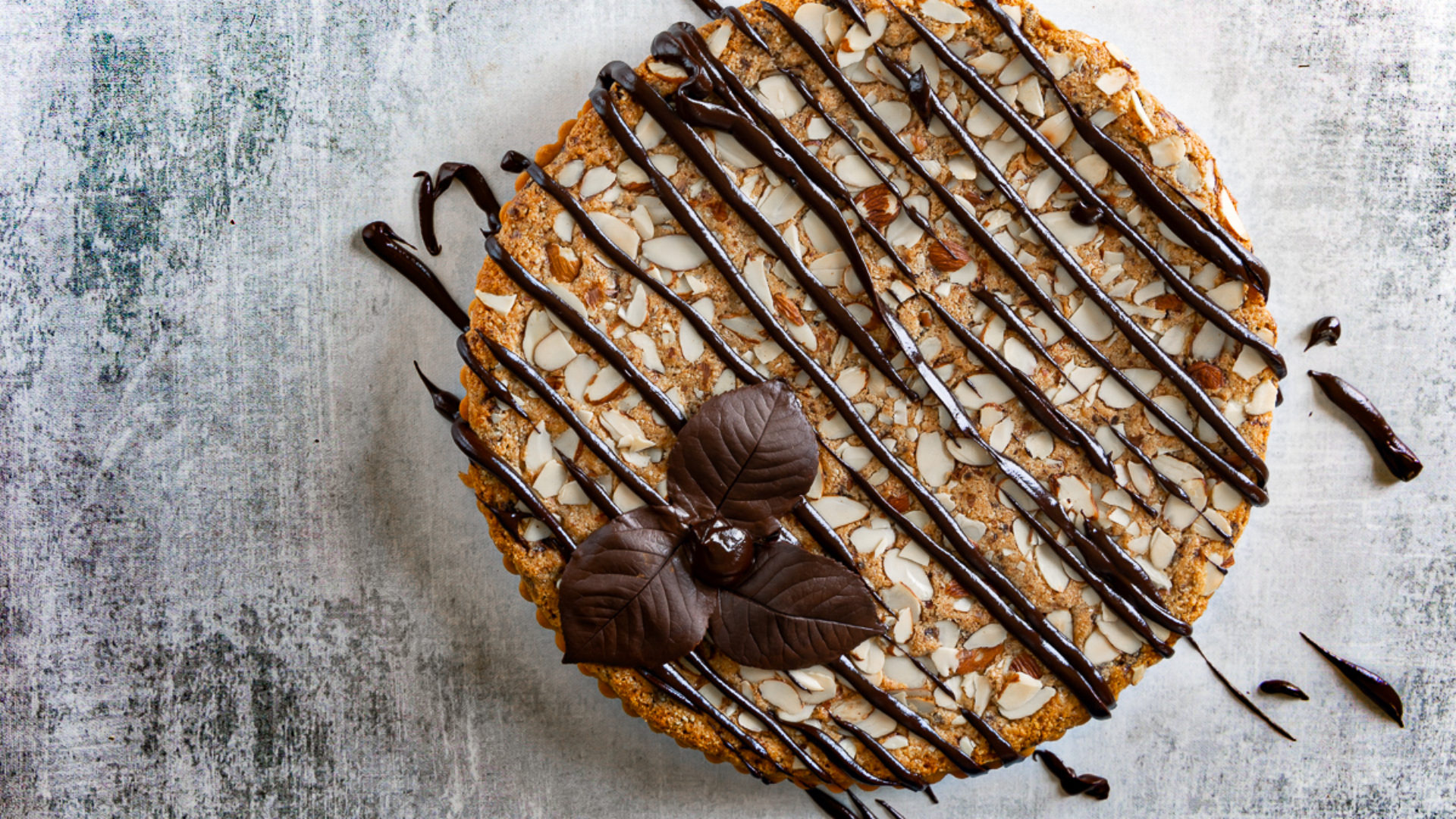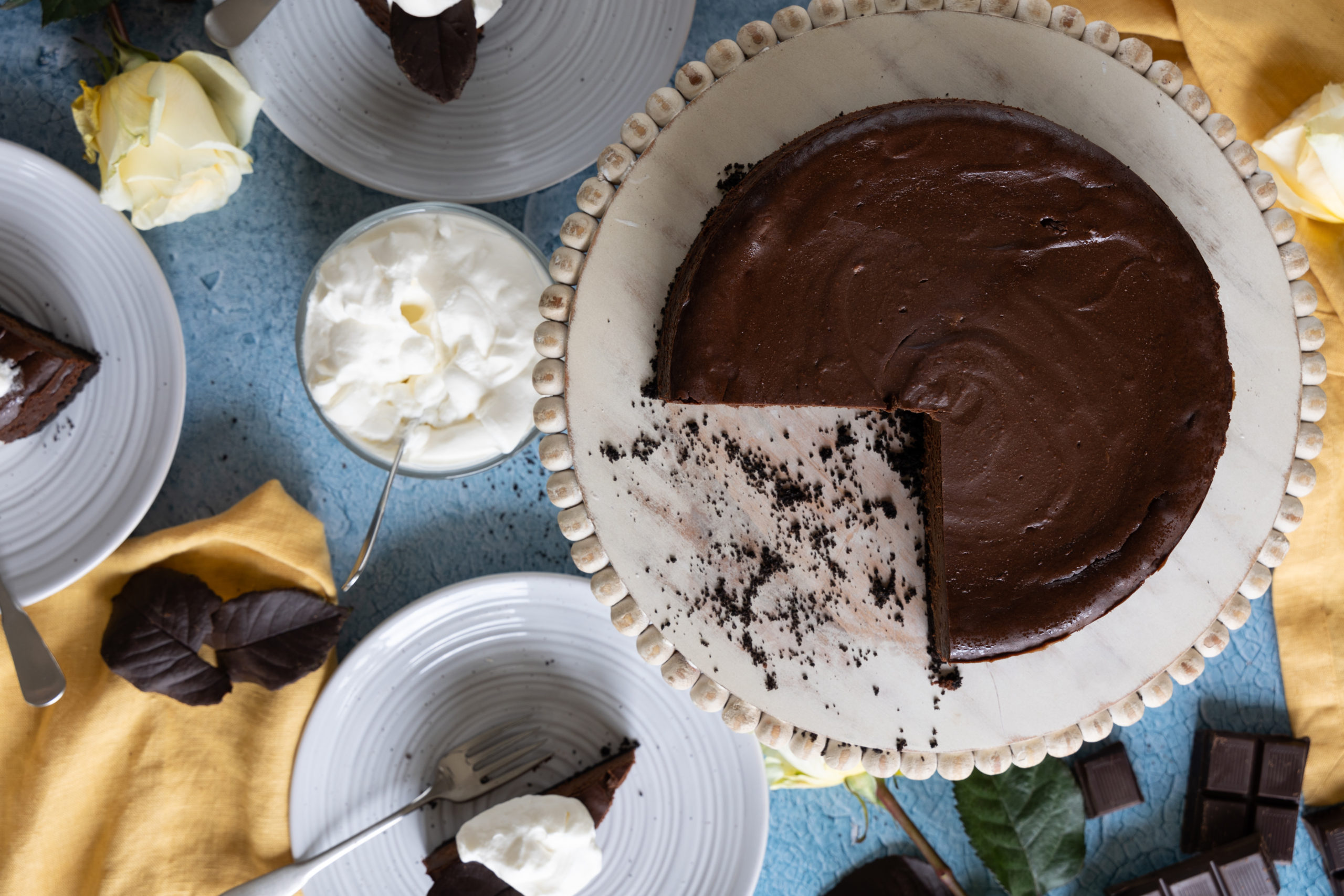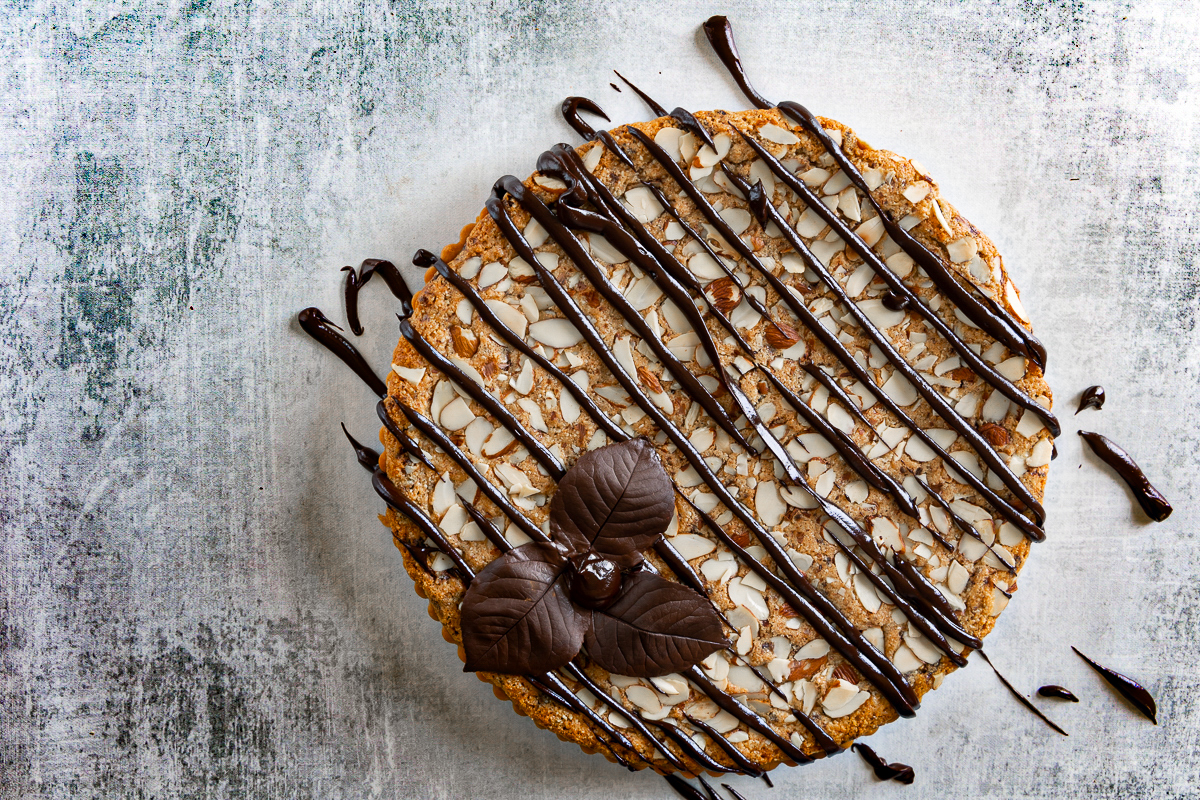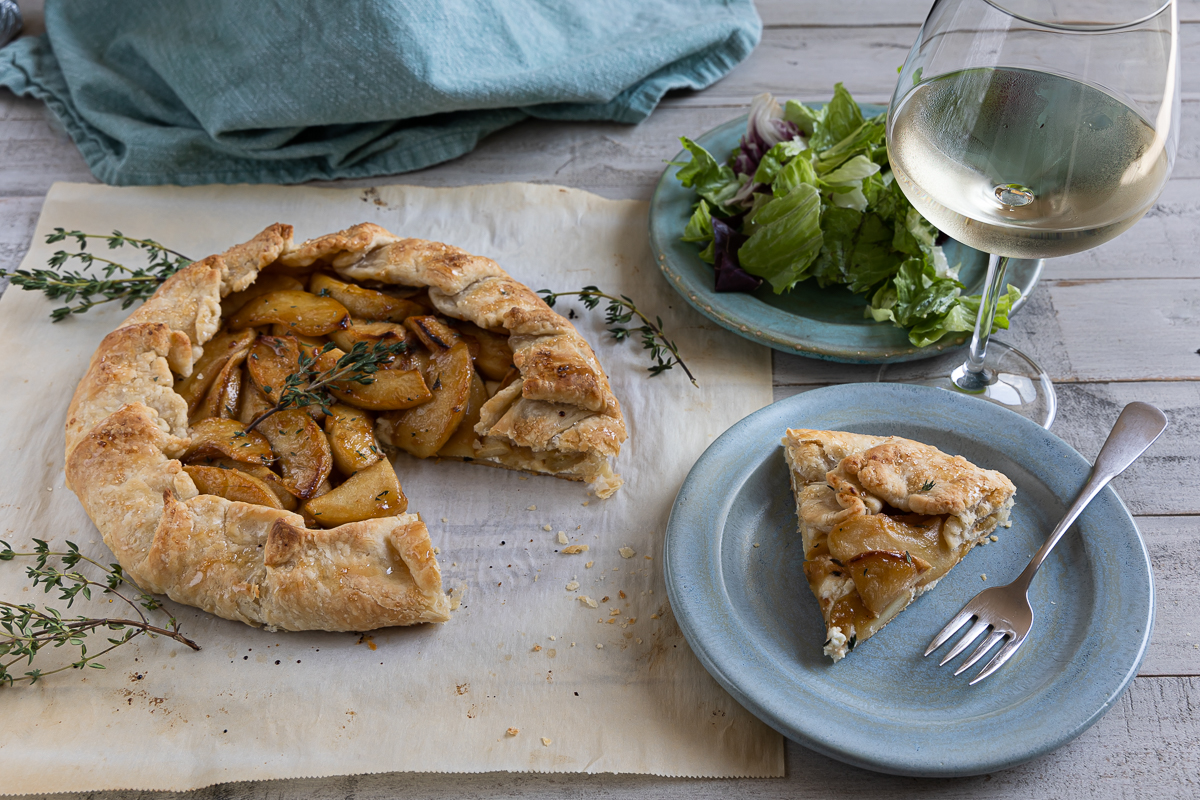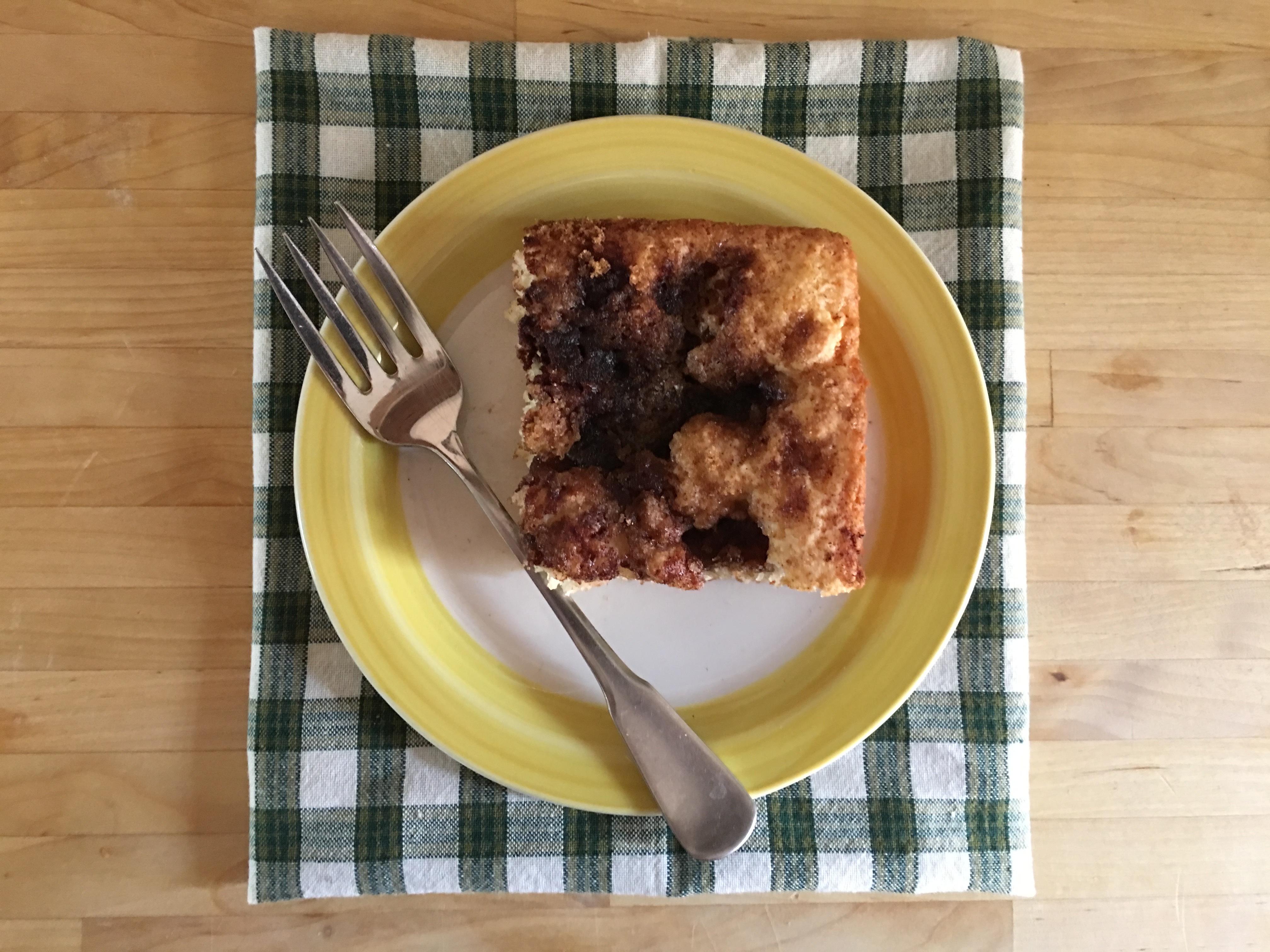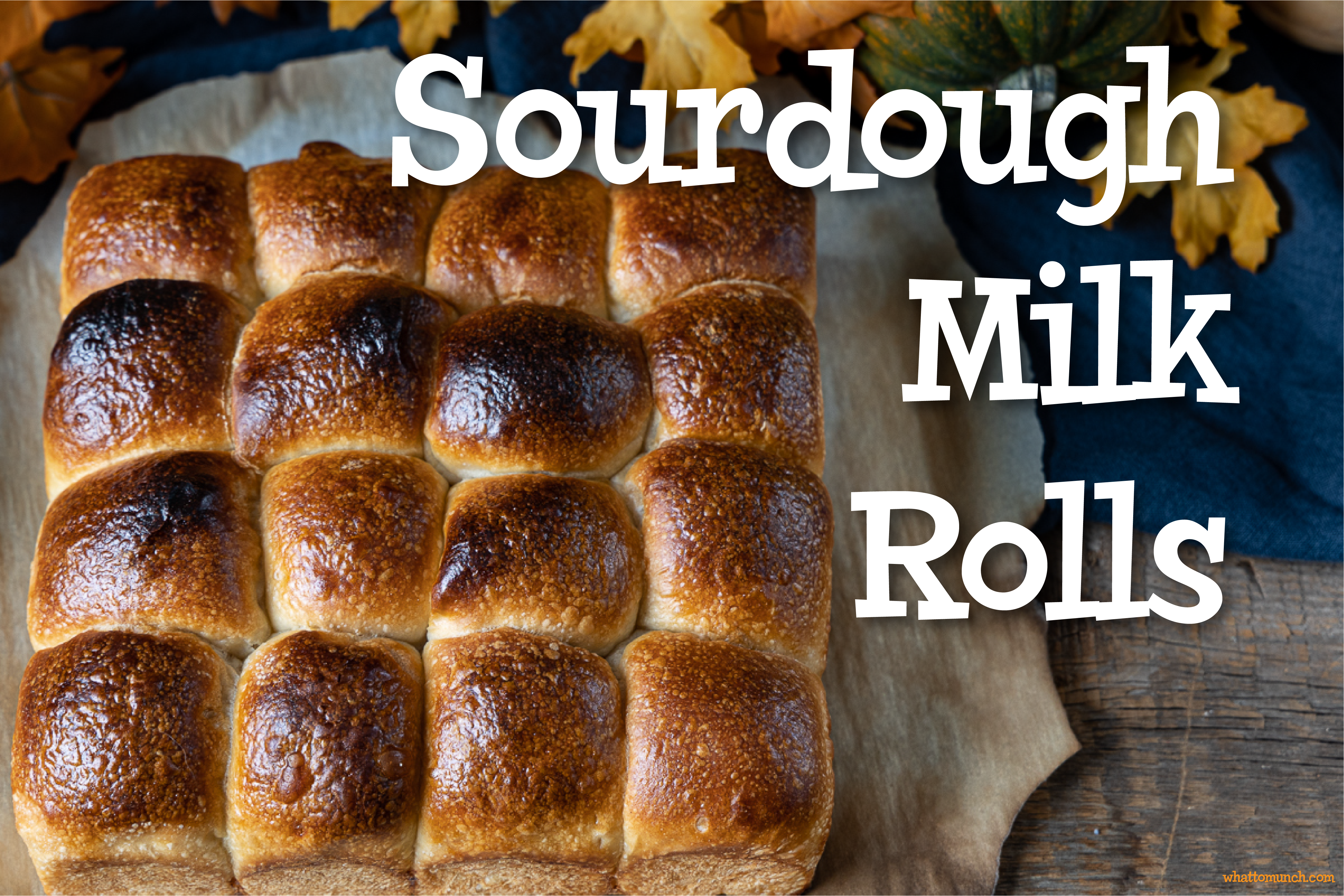Sourdough Milk Rolls are the perfect roll to serve for the holidays. This is my first attempt at a tangzhong recipe. What the heck is tangzhong, you might ask? Tangzhong is a technique developed in Japan to make soft light bread that holds lots of moisture and stays fresh for longer than regular bread. The dough has cooked flour and milk paste, or sometimes water, that is kneaded into the dough. The concept is that you can add more moisture than if you made the dough the conventional way. You may have seen it described as Japanese Milk Bread.

During the pandemic, a close friend of mine encouraged me to try this new way of making bread. I had put it into my brain to make it eventually; as with many things, it got lost and forgotten! But a new sourdough cookbook called The Perfect Loaf by Maurizo Leo showed up on my doorstep, and one of the first things that caught my eye was these soft sourdough rolls. It used this tangzhong technique. So I was encouraged to try this strange flour paste dough finally. I played around with the recipe a bit as I found the dough was not quite wet enough for Colorado’s dry climate, and I wanted a bit more butter. But the concept is from his fantastic cookbook. Maurizio is a fantastic sourdough baker and blogger; you should definitely check out his site!

These rolls do take several days, and you will need to dedicate some time. Though, as with most sourdough baking, most of the time is not active, but you will need to be home. I have added cup measurements, but this really is a recipe where you should use a scale to be accurate. This one from Amazon is fantastic to use in all your sourdough baking. I love that you can make these rolls and let them retard in the fridge for a day or even two, so they can be made and baked the day you need them. I have been tasked to make rolls for Thanksgiving, and these are perfect for that. They take many hours to rise, but they can just sit there while you prepare the rest of your feast or be glued to the tv watching the Broadway performances for the parades. These sourdough Milk Rolls are fantastic, and I hope you make them.

Ok, this is all for this week. I hope you are staying safe and healthy out there. This is still a crazy time, and we all need to work together to get through this. Please think of others in your choices. Until next time!


- 74 grams all-purpose flour about 9 tablespoons
- 15 grams sugar about 1 heaping tablespoon
- 40 grams very active sourdough starter about ¼ cup
- 74 grams of room temperature water about 1/3 cup
- 41 grams of all-purpose flour about 1/3 cup
- 166 grams whole milk about 2/3 cup
- 200 grams water about ¾ cup, slightly warmer than room temperature or about 80°
- 328 grams all-purpose flour about 2 5/8 cups
- 148 grams Bread flour
- 100 grams unsalted butter about 7 tablespoons
- 38 grams sugar about 3 tablespoons
- 12 grams sea salt little over 2 teaspoons depending on the coarseness
- 1 large egg
- 1 tablespoon milk or water
-
In a medium bowl, stir together the starter, flour, sugar, and room-temperature water. The bowl must be large enough to let the levain grow by several sizes.
-
Cover and let sit in a warm place for 12 hours. The levain should be bubbly and very active. If your kitchen is cold like mine is for the winter, it may need a little more time. But mine was ready in 12 hours.
-
Take the butter out of the fridge and cut it into thin slices. Spread them out on a tray or plate to soften while you make the tangzhong and the dough.
-
In a small saucepan, mix together the flour and the milk for the tangzhong. Cook over medium-low heat until the flour cooks and the mixture has become a thick paste. This will take 5 minutes or so. Stir it continuously so as not to scorch it.
-
Spread the tangzhong onto a plate or tray to cool to room temperature. This will not take very long. Alternatively, you could make this the night before, cover and use it the next morning.
-
Mix together the water, both flours, the tangzhong, and sugar in a stand mixer fitted with a dough hook.
-
Knead at low speed until combined and then bring up the speed to medium-low (a 2 on a kitchen aid) and knead for 4-5 minutes until the dough has formed a ball but is still sticky.
-
Cover and let sit for 10 minutes.
-
Check your butter to see if it is soft by pressing a finger into a slice. If it is not soft enough, warm it for a few seconds in the microwave, but do not melt it.
-
Sprinkle the salt over the dough and begin kneading again at medium-low.
-
Add the butter one slice at a time, making sure the butter has been incorporated before adding another pat or slice.
-
Continue until all the butter has been incorporated and the dough has become shiny and smooth, about 2-3 minutes after you have added the last pat of butter. The dough will still be slightly sticky and a little ragged. That is ok. You will do several folds in the rising process.
-
Scrape the dough into a bulk-raising container or large bowl.
-
Cover and let sit in a warm place.
-
Set your timer for 30 (you can go to 45 minutes if you are busy)
-
Uncover the container, and using wet hands, stretch the dough from one side to the opposite side, turn the container ¼, and repeat, circling the dough to form the beginning of a ball.
-
Repeat the stretch and fold two more times.
-
After the final fold, let the dough rise undisturbed for 2-4 more hours or until the dough has risen considerably, at least doubled. Mine took 3 hours.
-
Heavily butter a 9-inch square baking pan with straight sides. This could be done in a round pan as well.
-
On a floured surface, divide the dough into 16 pieces. Using a scale helps here to make them even. My rolls were 73 grams each, but yours may vary.
-
Make each dough piece into a tight ball using a dough scraper and one hand or cupping your hand and rolling.
-
Place each ball seam side down into the prepared pan.
-
Cover with plastic wrap and place in the fridge overnight (or let rise in a warm place until doubled if baking the same day, about 3 hours). If needed, you can let it retard in the fridge for an additional 36 hours.
-
The next day, pull the rolls out approximately 4-5 hours before you want to have them ready to bake.
-
Let the dough rise until doubled. This will depend on how warm your kitchen is and how happy your starter is.
-
Preheat the oven to 425° about 45 minutes before you think your rolls will be ready. This gets your oven hot beyond what the thermometer thinks it is and will make it consistent.
-
Beat one egg with 1 tablespoon of milk or water.
-
When ready to bake, brush the rolls with the egg wash.
-
Bake for 15 minutes at 425°
-
Open the oven, rotate the pan 180° and turn the oven down to 350°
-
Continue to bake for an additional 15-20 minutes or until they are deeply golden brown and they have an internal temperature of 200-205°
-
Let the rolls cool for 10 minutes before unmolding onto a rack.
-
Let the rolls cool for at least 20 minutes before serving.
These rolls are great the day they are made and stay soft for close to a week.
The dough can be made by hand instead of a mixer.





